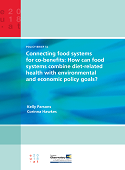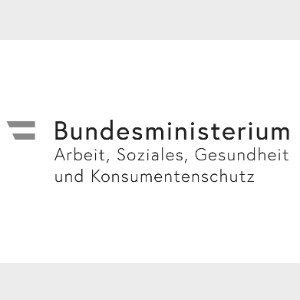Connecting food systems for co-benefits: how can food systems combine diet-related health with environmental and economic policy goals?

Download
This policy brief was prepared in support of the Austrian EU Presidency to explore how food systems can combine diet-related health with environmental and economic policy goals. It builds on considerable earlier work by analysing the connections between different policy goals and between policy goals and food systems. Through this process, the authors identify 3 core aspects of food systems functioning which would need to connect (economic benefits for farmers and businesses derived from the production and delivery of nutritious food using sustainable methods) in order to produce co-benefits.
Key messages
- Thinking about food as a ‘system’ has gained increasing attention in recent years within the European Union (EU) (and beyond), and there have been calls for a more integrated approach to decision-making in this area.
- This approach recognizes that food affects various aspects of life in complex ways, including health, environment, and the economy. This presents opportunities, but also challenges to achieve common goals (co-benefits) more effectively.
- Mapping EU policy goals identifies tensions between economic, environmental and health goals for food polices as well as explicit connections among them that can inform how food systems will need to be designed and managed in different ways for diet-related health, environment and economic equity goals to be to be met in synergy.
- This vision for food systems remains highly aspirational; nevertheless, there are specific opportunities where diet-related health, economic and environmental goals could be connected for co-benefits, such as through public procurement and the common agricultural policy.
- Making these connections requires cross-government and cross-sector collaboration, and could be supported through food systems policy audits, governance mechanisms to link food systems work across the EU, and roundtables to identify specific steps for change.





















